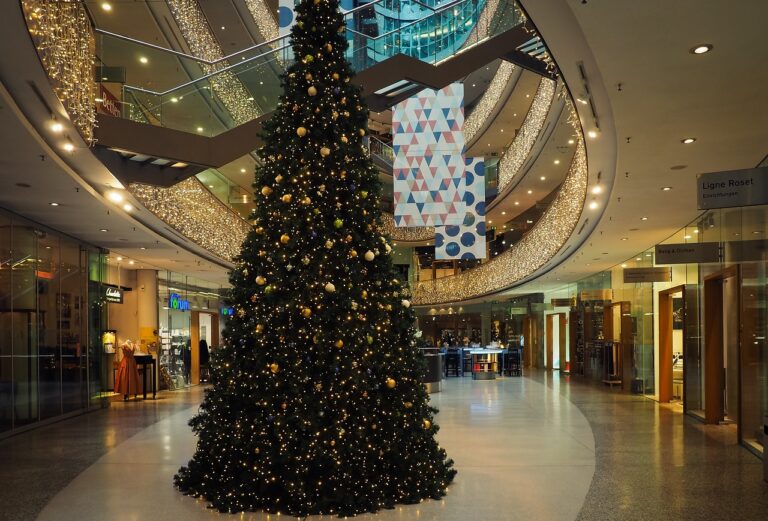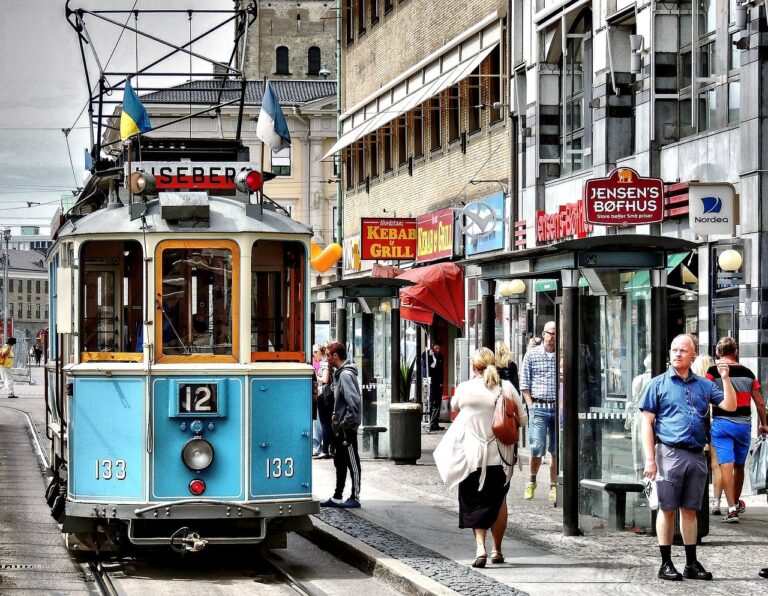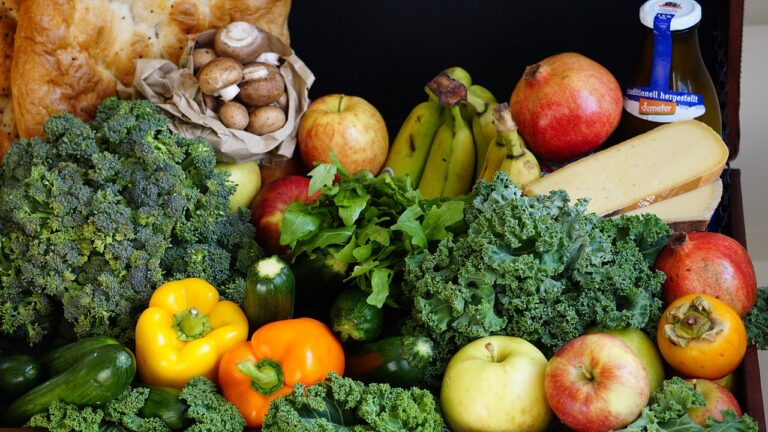The Future of Sustainable Packaging in the Food Industry
When it comes to current packaging practices, one of the key challenges faced is the excessive use of plastic materials. Plastic packaging contributes significantly to environmental pollution and poses a threat to wildlife and ecosystems. Despite increased awareness of the negative impacts of plastic, the convenience and cost-effectiveness of plastic packaging continue to make it a popular choice for businesses.
Another major challenge in current packaging practices is the lack of standardized recycling processes. Different regions have varying recycling regulations and infrastructures, leading to confusion among consumers and inefficiencies in the recycling system. This inconsistency results in a high percentage of packaging materials ending up in landfills rather than being recycled, further exacerbating the waste management problem.
Benefits of Sustainable Packaging
Sustainable packaging offers a multitude of advantages that extend beyond environmental benefits. From reducing packaging waste to lowering transportation costs, using sustainable materials can lead to significant savings for businesses. Consumers are increasingly seeking products packaged in sustainable materials, making it a strategic move for companies to align with growing consumer demands for eco-friendly solutions.
Additionally, sustainable packaging can enhance brand reputation and customer loyalty. Companies that prioritize sustainability are perceived as socially responsible and are more likely to attract and retain environmentally-conscious consumers. By adopting sustainable packaging practices, businesses can differentiate themselves in the market and build a positive brand image that resonates with eco-conscious customers.
Trends in Sustainable Packaging
As consumer awareness regarding environmental issues continues to grow, there is a notable shift towards sustainable packaging solutions across various industries. Companies are increasingly focusing on utilizing eco-friendly materials such as biodegradable plastics, compostable packaging, and recycled materials. This trend is driven by the desire to reduce waste, lower carbon footprints, and meet the evolving expectations of environmentally-conscious consumers.
Additionally, the advancement of technology has enabled innovative packaging designs that prioritize sustainability without compromising on functionality. From edible packaging options to smart packaging solutions that extend product shelf life, the trends in sustainable packaging are constantly evolving to meet the demands of a changing market. As more businesses prioritize eco-friendly practices, the adoption of sustainable packaging is expected to continue to rise in the coming years.





